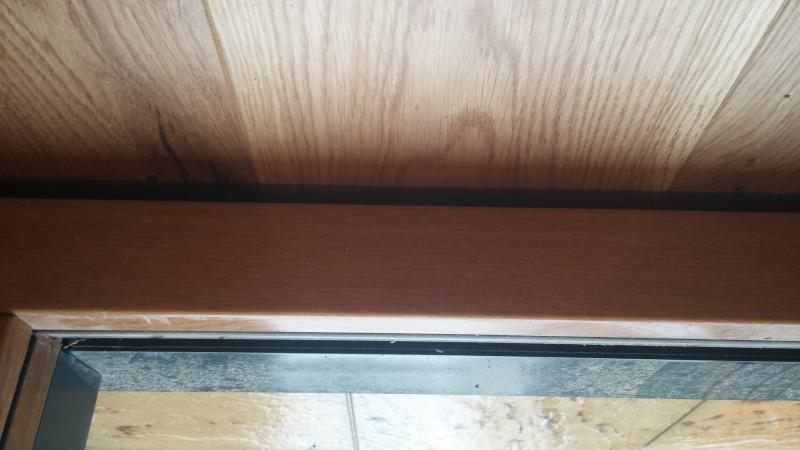Hi, I've had a triple glazed aluminum bifold door installed.
The doors work great, however I've noticed that just on the underside of the frame on which the doors hang that I have condensation. I am fitting a engineered wood floor which will come up to the edge of the frame. It will be hiding this space so once it is installed I will not be able to see the underside of the bifold. I've included a photo that shows the gap (for some reason it is upside down)
I am worried that this gap and the condensation will lead to problems in the future. e.g mould etc.
Does anyone have any suggestions on how to overcome this issue?
The doors work great, however I've noticed that just on the underside of the frame on which the doors hang that I have condensation. I am fitting a engineered wood floor which will come up to the edge of the frame. It will be hiding this space so once it is installed I will not be able to see the underside of the bifold. I've included a photo that shows the gap (for some reason it is upside down)
I am worried that this gap and the condensation will lead to problems in the future. e.g mould etc.
Does anyone have any suggestions on how to overcome this issue?



